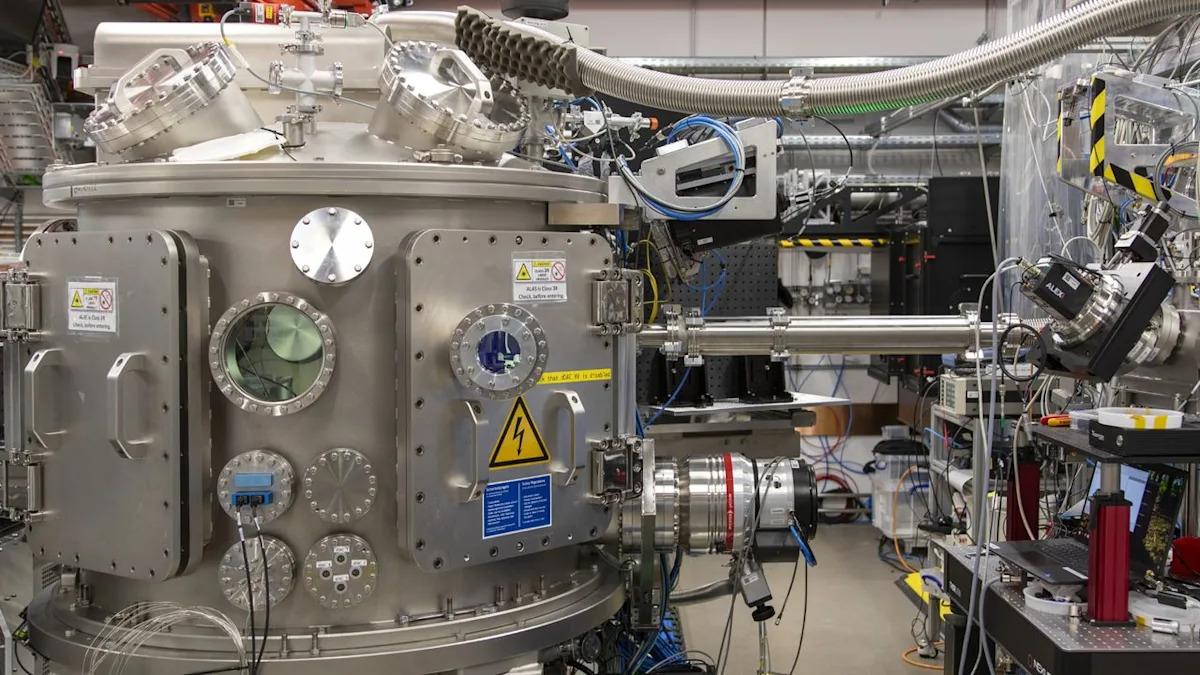When you buy through links on our articles, Future and its syndication partners may earn a commission.
Researchers discovered ice XXI using the High Energy Density instrument (pictured here) of European XFEL, the world’s largest X-ray laser. . |…

When you buy through links on our articles, Future and its syndication partners may earn a commission.
Researchers discovered ice XXI using the High Energy Density instrument (pictured here) of European XFEL, the world’s largest X-ray laser. . |…